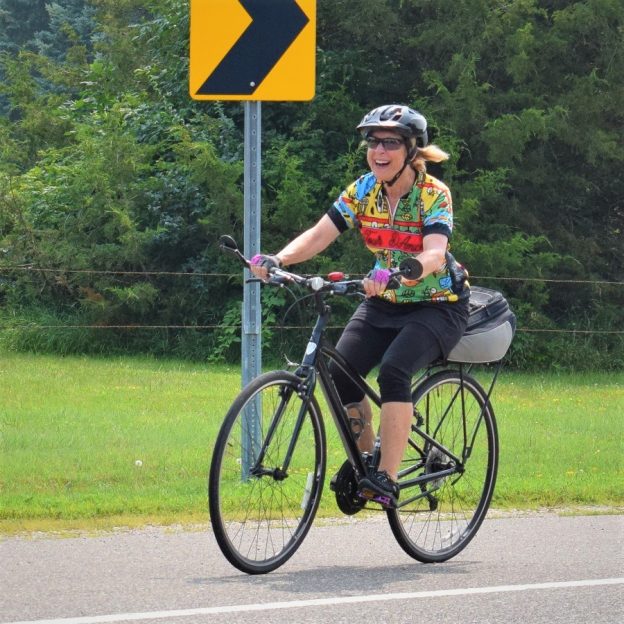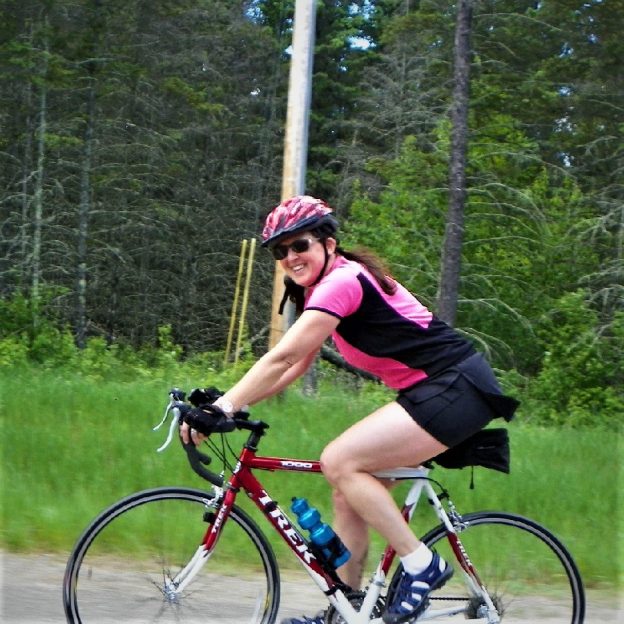Tag: Trail Bike
-

Standard hybrid bikes are still popular for casual riding
If e-bikes are out of your price range, or you just want a low-tech ride, let’s look at the basics. Trail bikes, fitness bikes, hybrid bikes, and dual-sport bikes all fall into the same category of bicycles. Although these bikes all occupy the same category, they have very different uses. Read on to find out…
-

How to choose the right cycling gloves for miles of pain free riding!
A pair of cycling gloves are one of the few pieces of apparel that make direct contact with both your body and the bicycle. They help you maintain proper grip on the bars when things get hot and sweaty, they protect your skin in the case of an accidental dismount, and they can help alleviate…
-

Recreational or competitive what is the right bike for your riding pleasure?
How do you figure out what is the right bike for you? Like everything else in the world today, there are no shortages of choices when it comes to bikes. With that said, please read on for several helpful tips!
